How to depuff face?Puffy, swollen or dark circles around the eyes can make us look tired, older and less attractive. Even when we’re feeling well-rested, stress and fatigue can take their toll on our faces. Fortunately, there are a range of natural remedies that can help to reduce puffiness and brighten up our faces. In this blog post, we will be exploring some of these ingredients and techniques to help depuff your face in no time!
The Different Types of Facial Depuffing Methods
There are many different ways to depuff your face. Some people use ice, others use warm compresses. You can also use a variety of facial treatments and products.
One popular way to depuff your face is to use an ice pack. You can either buy an ice pack or make your own by wrapping a bag of frozen peas in a clean cloth. Apply the ice pack to your face for 10-15 minutes, being careful not to apply it directly to your skin.
Another option is to use a warm compress. This can be done by soaking a clean cloth in warm water and applying it to your face for 10-15 minutes.
You can also try using a variety of facial treatments and products. There are many different creams and serums on the market that claim to help reduce swelling and puffiness. Try doing a bit of research to find one that suits your needs and budget.
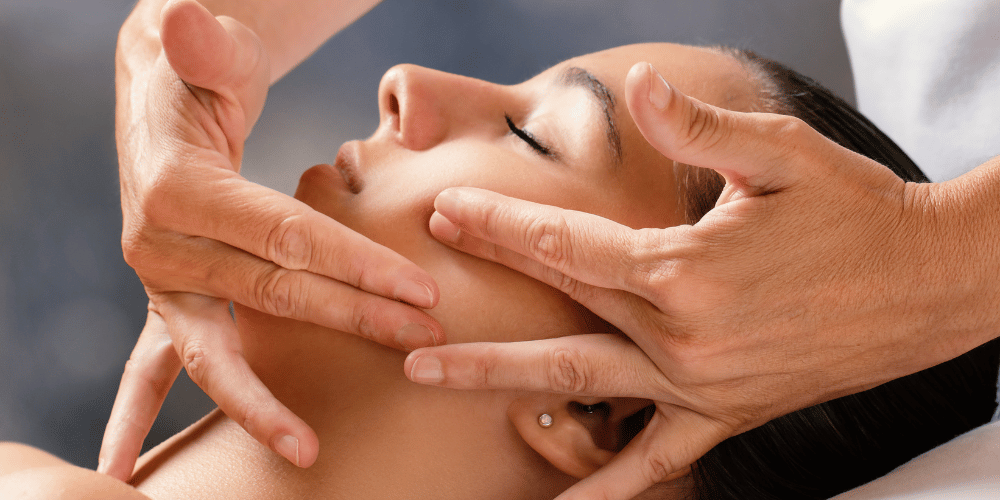
Pros and Cons of Facial Depuffing
There are a variety of ways to depuff your face, from at-home treatments to professional procedures. And while there are some benefits to facial depuffing, there are also some drawbacks to consider before you commit to any one method.
Benefits of facial depuffing include:
-Reduced appearance of under-eye bags and puffiness
-A more youthful appearance
-Smoothing of fine lines and wrinkles
Drawbacks of facial depuffing include:
-Potential for bruising or swelling
-Risk of infection
-Expense
What Products to Use for Facial Depuffing?
There are a variety of products that can be used for facial depuffing. For example, cooling gels or serums can help to constrict blood vessels and reduce inflammation. Antioxidant-rich creams can also help to protect the skin from free radical damage.
Other effective ingredients include retinoids, which can help to stimulate collagen production and improve the appearance of fine lines and wrinkles. Peptides are another good option as they can help to increase collagen production and promote cell turnover.
When choosing a product, it is important to select one that is suitable for your skin type. Those with sensitive skin may wish to avoid products with strong active ingredients. It is also important to read the label carefully to ensure that the product is suitable for use on the face.
Facial Depuffing Recipes
There are many different recipes that can be used to depuff the face. Some of these recipes are very simple and only require a few ingredients, while others are more complex.
One simple recipe for facial depuffing is to mix 1 tablespoon of baking soda with 2 tablespoons of water. This mixture can then be applied to the face and left on for 15-20 minutes before rinsing off.
Another easy recipe is to mix together 1/2 cup of rolled oats, 1/4 cup of honey, and 1/4 cup of plain yogurt. This mixture can be applied to the face and left on for 15-20 minutes before rinsing off.
For a more complex recipe, you can try mixing together 1/2 cup of cooked rice, 1 egg white, and 1 tablespoon of lemon juice. This mixture should be applied to the face and left on for 30 minutes before rinsing off.
Alternatives to Facial Depuffing
There are a few different ways that you can depuff your face without having to resort to using a facial product. For one, you can try placing a cold compress on your face for a few minutes each day. This can help to reduce the inflammation and swelling in your face.
Another alternative is to massage your face with an ice cube. This can also help to reduce the puffiness in your face by stimulating blood circulation.
Finally, you can try using a jade roller or gua sha tool to massage your face. These tools can help to break up the lymphatic buildup that can cause puffiness in the face.
How to know if you have puffy face
There are a few telltale signs that you have a puffy face. Firstly, your face may feel unusually bloated or full. Secondly, you may notice that your skin appears more puffy or swollen than usual. Finally, you may find that your make-up is not sitting right on your face, or that your facial expressions look different to normal. If you suspect that you have a puffy face, there are a few things that you can do to check. First of all, examine your face in a mirror and note any areas which look particularly puffy or swollen. Secondly, gently press on various parts of your face to see if there is any tenderness or pain. Finally, try to identify any potential causes of your puffiness, such as eating salty foods or drinking alcohol. If you are concerned about your puffiness, it is always best to speak to a doctor or dermatologist for advice.
Causes of puffy face
There are many potential causes of a puffy face, including:
-Fluid retention: This can be caused by weather changes, eating too much salt, or hormonal changes.
-Allergies: Allergies can cause the release of histamines, which can lead to swelling.
-Dehydration: Not drinking enough water can cause the body to hold on to fluid, leading to puffiness.
-Aging: As we age, our skin loses elasticity and gravity takes its toll, causing the face to sag and look puffy.
-Sleep deprivation: When you don’t get enough sleep, your body produces more cortisol, which can lead to inflammation and puffiness.
If you’re not sure what’s causing your puffy face, it’s best to see a doctor or dermatologist to rule out any underlying health conditions.
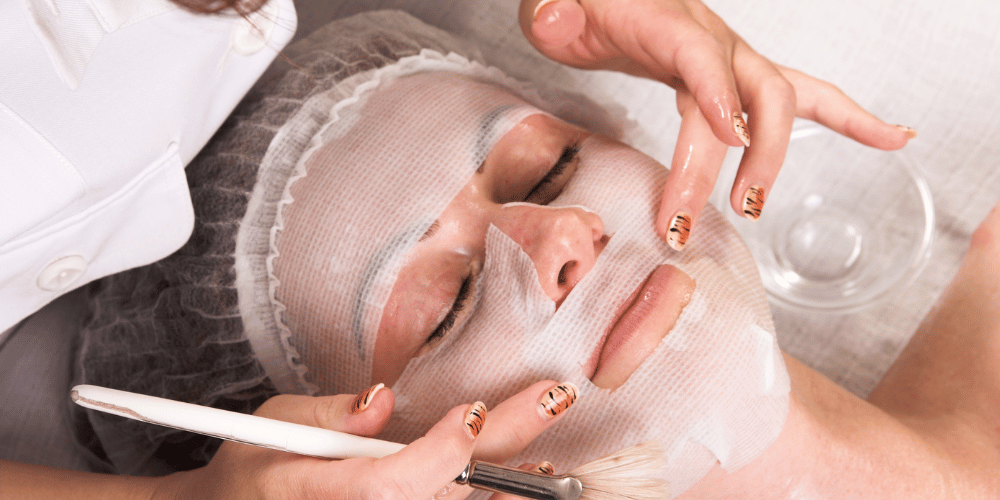
How to reduce puffiness
When it comes to depuffing your face, there are a few different options available to you. You can try topical treatments, home remedies, or even certain lifestyle changes. Here are a few different ways to reduce puffiness:
Topical Treatments:
There are a variety of topical treatments that can help reduce the appearance of puffiness. These include creams, gels, and serums that contain ingredients like caffeine, retinol, or hyaluronic acid. You can find these products at most drugstores or beauty retailers.
Home Remedies:
There are also a number of home remedies that can help reduce puffiness. These include things like placing cucumber slices over your eyes, using cold compresses, or massaging your face with ice cubes wrapped in a cloth.
Lifestyle Changes:
Finally, certain lifestyle changes can also help reduce the appearance of puffiness. These include drinking plenty of water, getting enough sleep, and avoiding salty foods. If you suffer from chronic puffiness, you may also want to consider reducing your alcohol intake.
Treatments for puffy face
There are a number of treatments that can help to reduce the appearance of a puffy face. These include:
– Cold compresses: Applying a cold compress to the affected area can help to reduce swelling and inflammation.
– Facial massage: Gently massaging the face using circular motions can also help to reduce puffiness.
– Facial exercises: There are specific facial exercises that can help to tone and strengthen the muscles around the face, which can in turn reduce puffiness.
– Dietary changes: Making sure to eat plenty of water, fruits, and vegetables can help to prevent water retention, which can contribute to a puffy face.
Conclusion
Depuffing your face can be a simple and effective way to look more awake and refreshed. Applying cold compresses, using a jade roller, taking anti-inflammatory medication, eating foods rich in antioxidants, drinking plenty of water every day, getting adequate sleep each night, exercising regularly and using facial massages are all great ways to help reduce puffiness around the eyes. With these tips in mind, you should have no trouble achieving a smooth and glowing complexion that will leave you feeling confident wherever you go.

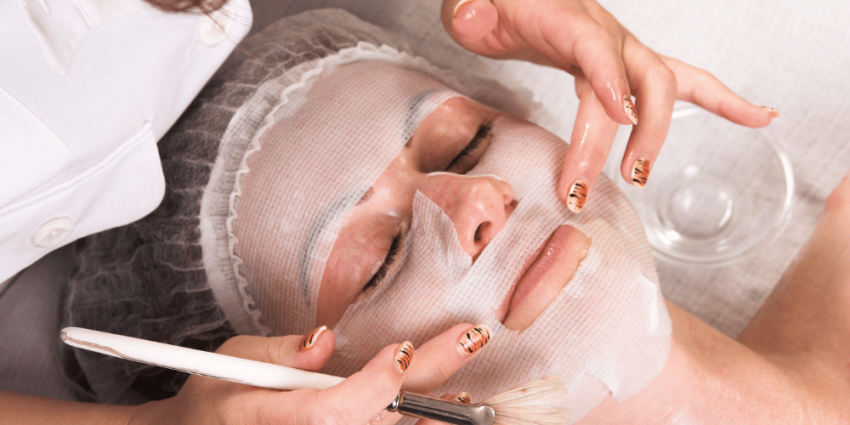


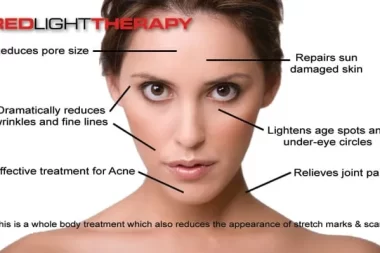
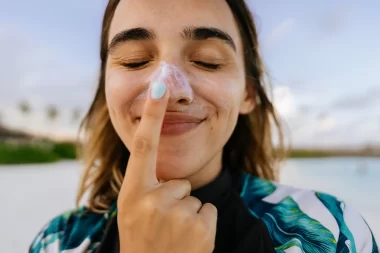
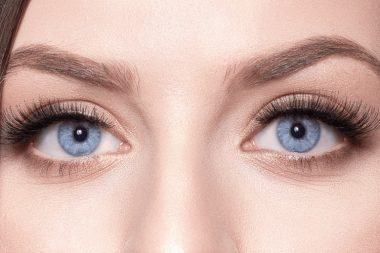

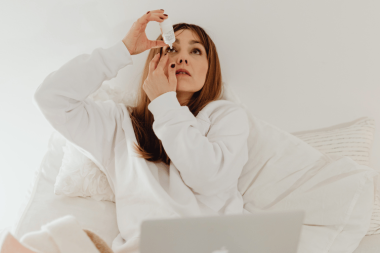
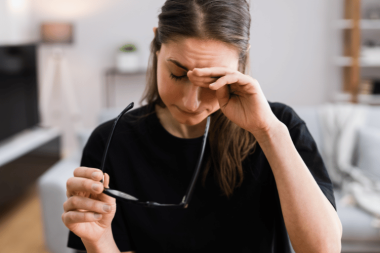
Leave a Reply